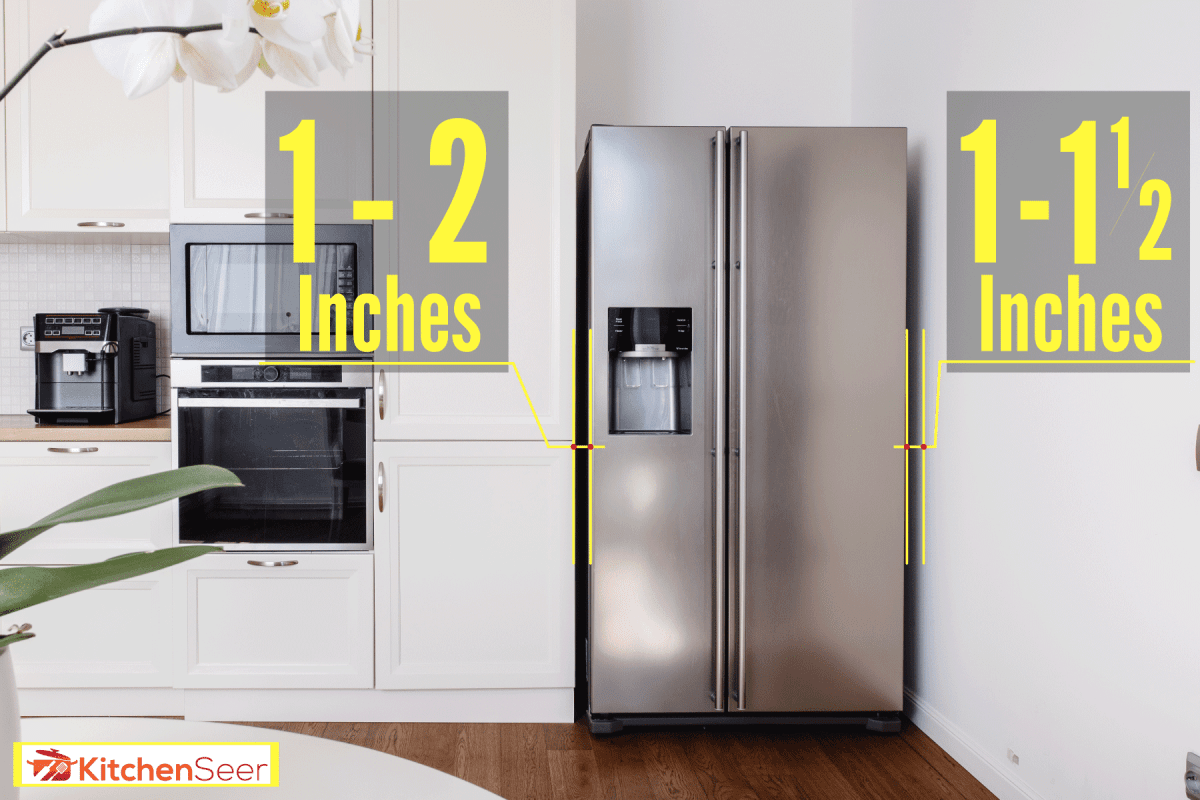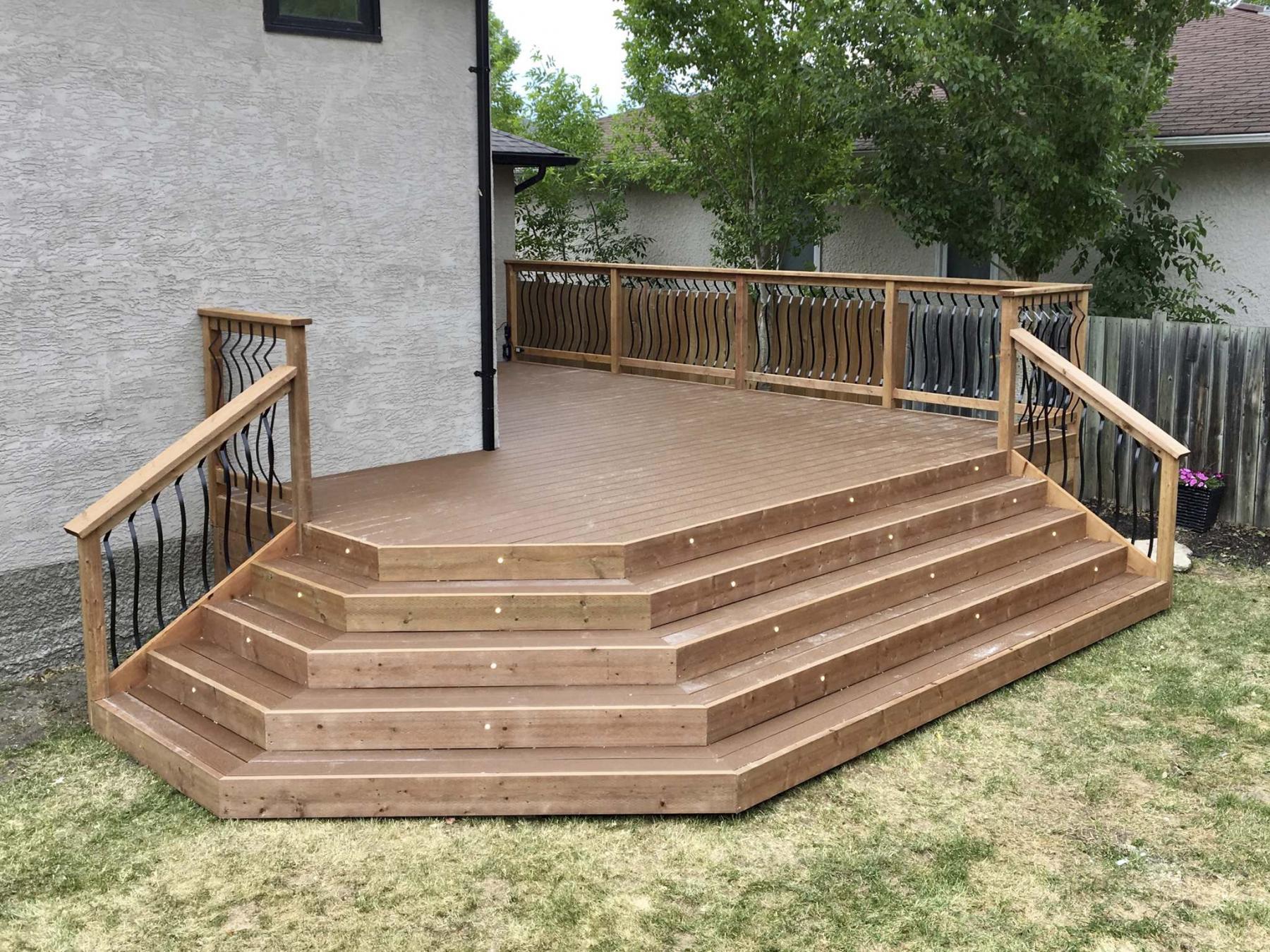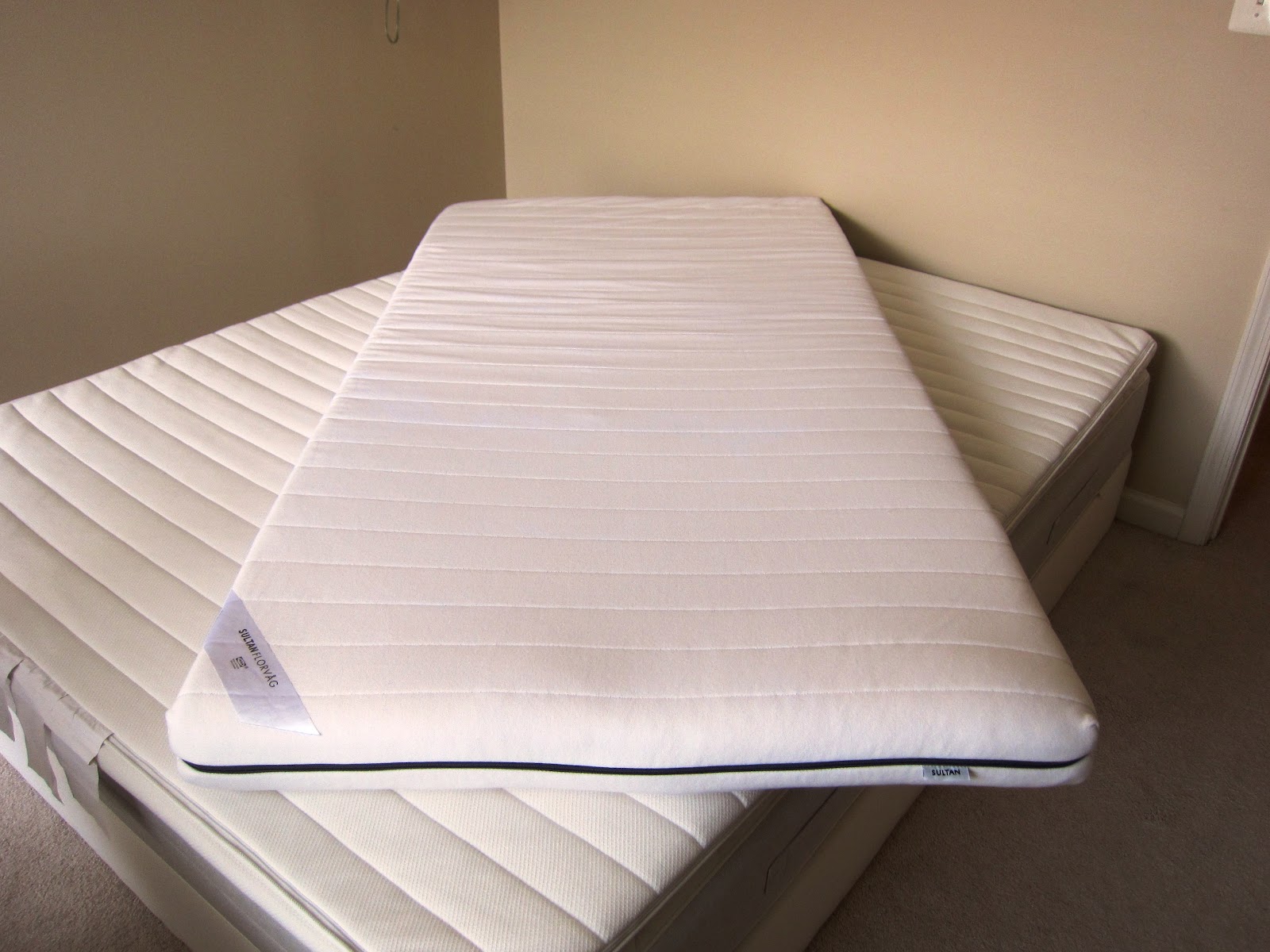1. Utilize a Mix of Materials for a Visually Interesting Island Design
When it comes to designing a large kitchen island, one of the most important tips is to incorporate a mix of materials. This can add visual interest and depth to the island and make it stand out as a focal point in the space.
Large kitchen island designs can incorporate a variety of materials such as wood, stone, metal, and even concrete. You can choose to use one material for the entire island or mix and match different materials for a unique look. For example, you can have a wooden base with a marble countertop or a metal frame with a butcher block top.
2. Incorporate a Built-in Sink or Cooktop for Added Functionality
One of the main benefits of a large kitchen island is the added functionality it can provide. To make the most out of your island, consider incorporating a built-in sink or cooktop. This will not only make meal prep and clean up easier, but it can also serve as a secondary workspace for multiple people to use at once.
When choosing a sink or cooktop, consider the size and placement to ensure it doesn't take up too much space on the island and allows for enough room for other tasks.
3. Consider Adding a Raised Bar or Seating Area for Casual Dining
If you have a large kitchen island, chances are you have plenty of space to incorporate a raised bar or seating area. This is a great option for casual dining or entertaining guests while cooking. It can also serve as a separate dining space for everyday meals, freeing up your dining table for special occasions.
When designing the seating area, make sure to leave enough space between the bar and the rest of the island to allow for easy movement and access to the built-in sink or cooktop.
4. Use Pendant Lighting to Highlight the Island and Create Ambiance
Pendant lighting is not only functional but also adds a touch of style and ambiance to your large kitchen island. This type of lighting can help highlight the island as a focal point in the space and create a warm and inviting atmosphere.
When choosing pendant lighting, consider the size and style of your island. For a larger island, you may need multiple pendants to adequately light the space. You can also choose to mix and match different pendant styles for a more eclectic look.
5. Incorporate Storage Solutions Such as Drawers, Shelves, or Cabinets
Storage is an essential factor to consider when designing a large kitchen island. Not only does it provide a functional space for storing kitchen items, but it can also add to the overall design of the island.
You can choose to incorporate drawers, shelves, or cabinets into your island design depending on your storage needs. Drawers are great for storing utensils and smaller items, while shelves or cabinets can be used for larger items such as pots and pans. Consider using a mix of these storage solutions for a well-organized and visually pleasing island.
6. Choose a Contrasting Color for the Island to Make it Stand Out
When it comes to designing a large kitchen island, the color choice can have a significant impact on the overall look of the space. One way to make your island stand out is by choosing a contrasting color to the rest of your kitchen cabinets.
For example, if your kitchen cabinets are white, consider using a darker color for your island, such as black or navy blue. This will create a visual contrast and make the island a focal point in the room.
7. Incorporate a Waterfall Edge for a Modern and Sleek Look
A waterfall edge is a design element where the countertop extends to the floor on one or both sides of the island, creating a seamless and continuous look. This modern and sleek design trend can add a touch of luxury to your large kitchen island.
To incorporate a waterfall edge, you can choose to use the same material as the countertop or opt for a different material for a more dramatic effect. This design element works best in a kitchen with an open floor plan as it creates a visual flow between the kitchen and the rest of the space.
8. Use the Island as a Focal Point by Adding Unique Design Elements
The large kitchen island can serve as a blank canvas for adding unique design elements and making it a focal point in the room. This can include a decorative backsplash, statement hardware, or even a customized design carved into the countertop.
When choosing these design elements, make sure they complement the overall style of your kitchen and add to the island's functionality. Don't be afraid to get creative and add your personal touch to make the island truly stand out.
9. Consider the Flow of Traffic and Leave Enough Space Around the Island
When designing a large kitchen island, it's essential to consider the flow of traffic in the space. Make sure to leave enough space around the island for easy movement, especially if your kitchen is the main thoroughfare in your home.
As a general rule, leave at least 36 inches of space around the island for people to move comfortably. You can also consider adding an island extension on one side to create a designated walkway and prevent any traffic congestion.
10. Don't Be Afraid to Mix and Match Different Styles and Textures
Lastly, don't be afraid to mix and match different styles and textures when designing your large kitchen island. This can add a personalized and unique touch to the space and make it truly your own.
For example, you can mix a modern and sleek countertop with rusted metal hardware for a more eclectic look. Or you can combine a traditional base with a marble or granite top for a classic yet elegant island design.
In conclusion, designing a large kitchen island requires careful consideration of functionality, style, and flow. By utilizing a mix of materials, incorporating functional elements, and adding unique design elements, you can create a stunning and functional island that will be the heart of your kitchen. Don't be afraid to get creative and make it your own!
Utilize Different Levels and Heights
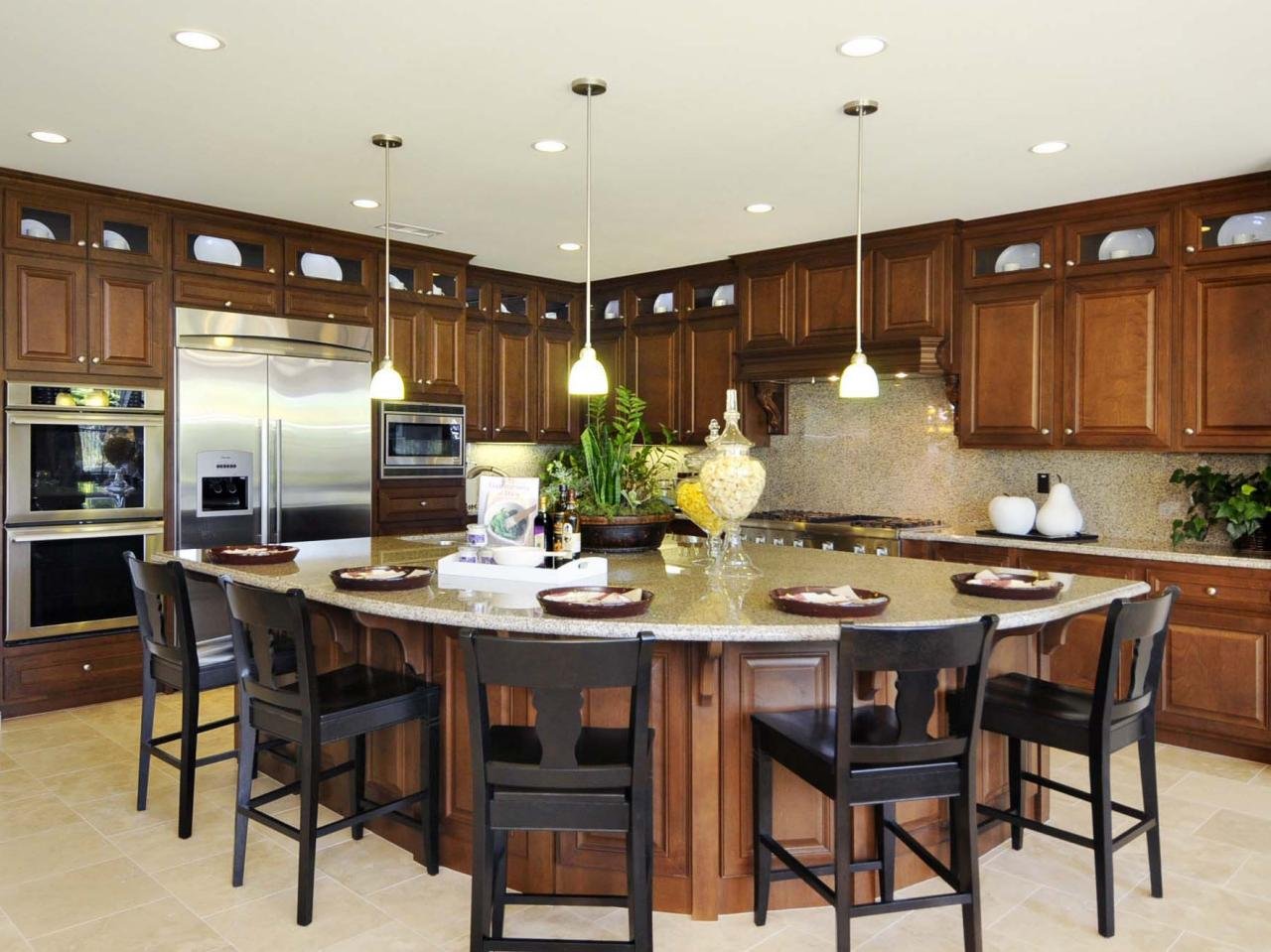
Maximize Functionality with Multiple Levels
 Large kitchen islands
offer endless possibilities for design and functionality, and one way to make the most of this space is by incorporating multiple levels. This not only adds visual interest, but it also allows for a more efficient use of the island. Consider adding a lower level for seating and a higher level for food prep, or even a built-in sink. This way, you can have designated areas for different activities, making your island a true multi-tasker.
Large kitchen islands
offer endless possibilities for design and functionality, and one way to make the most of this space is by incorporating multiple levels. This not only adds visual interest, but it also allows for a more efficient use of the island. Consider adding a lower level for seating and a higher level for food prep, or even a built-in sink. This way, you can have designated areas for different activities, making your island a true multi-tasker.
Play with Height for Aesthetic Appeal
 Another way to add dimension and interest to your
large kitchen island
is by varying the height of different elements. For example, you can have a raised section for a breakfast bar, a lower section for food prep, and an even lower section for storage. This not only creates a visually unique island, but also allows for a more ergonomic and functional workspace.
Another way to add dimension and interest to your
large kitchen island
is by varying the height of different elements. For example, you can have a raised section for a breakfast bar, a lower section for food prep, and an even lower section for storage. This not only creates a visually unique island, but also allows for a more ergonomic and functional workspace.
Consider a Raised Section for Display or Storage
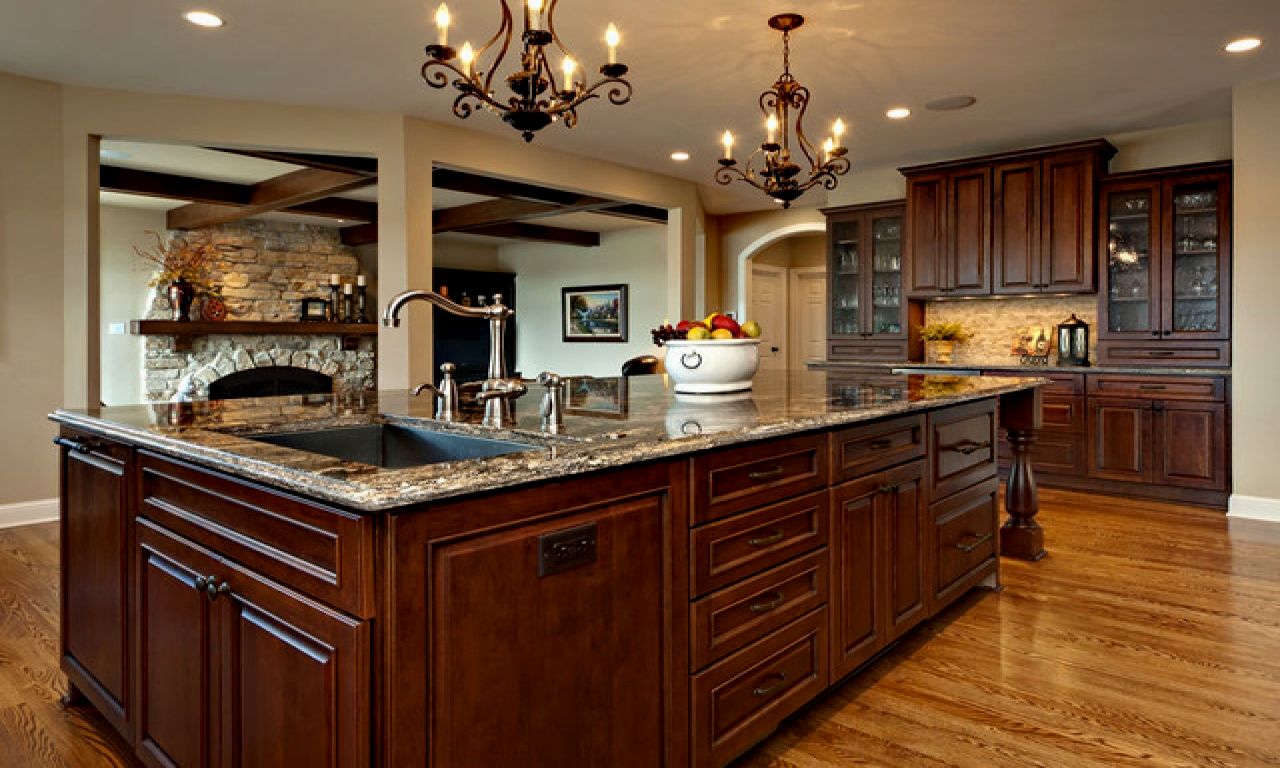 If you want to showcase your beautiful kitchenware or add some decorative elements to your island, consider adding a raised section. This can be a perfect spot for displaying your favorite dishes or adding some greenery to your kitchen. You can also have open shelves or cabinets in this raised section to store items that you use less frequently.
If you want to showcase your beautiful kitchenware or add some decorative elements to your island, consider adding a raised section. This can be a perfect spot for displaying your favorite dishes or adding some greenery to your kitchen. You can also have open shelves or cabinets in this raised section to store items that you use less frequently.
In conclusion, designing a large kitchen island requires careful consideration of different levels and heights. By incorporating multiple levels, varying heights, and a raised section, you can maximize functionality, add visual interest, and make your island a true statement piece in your kitchen. So don't be afraid to play with levels and heights when designing your large kitchen island and create a truly unique and functional space.





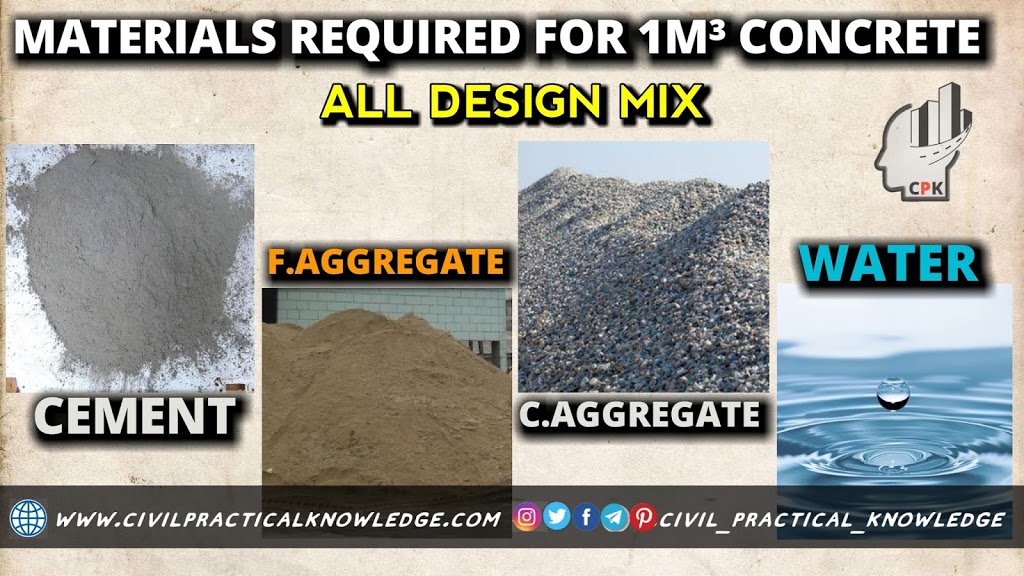













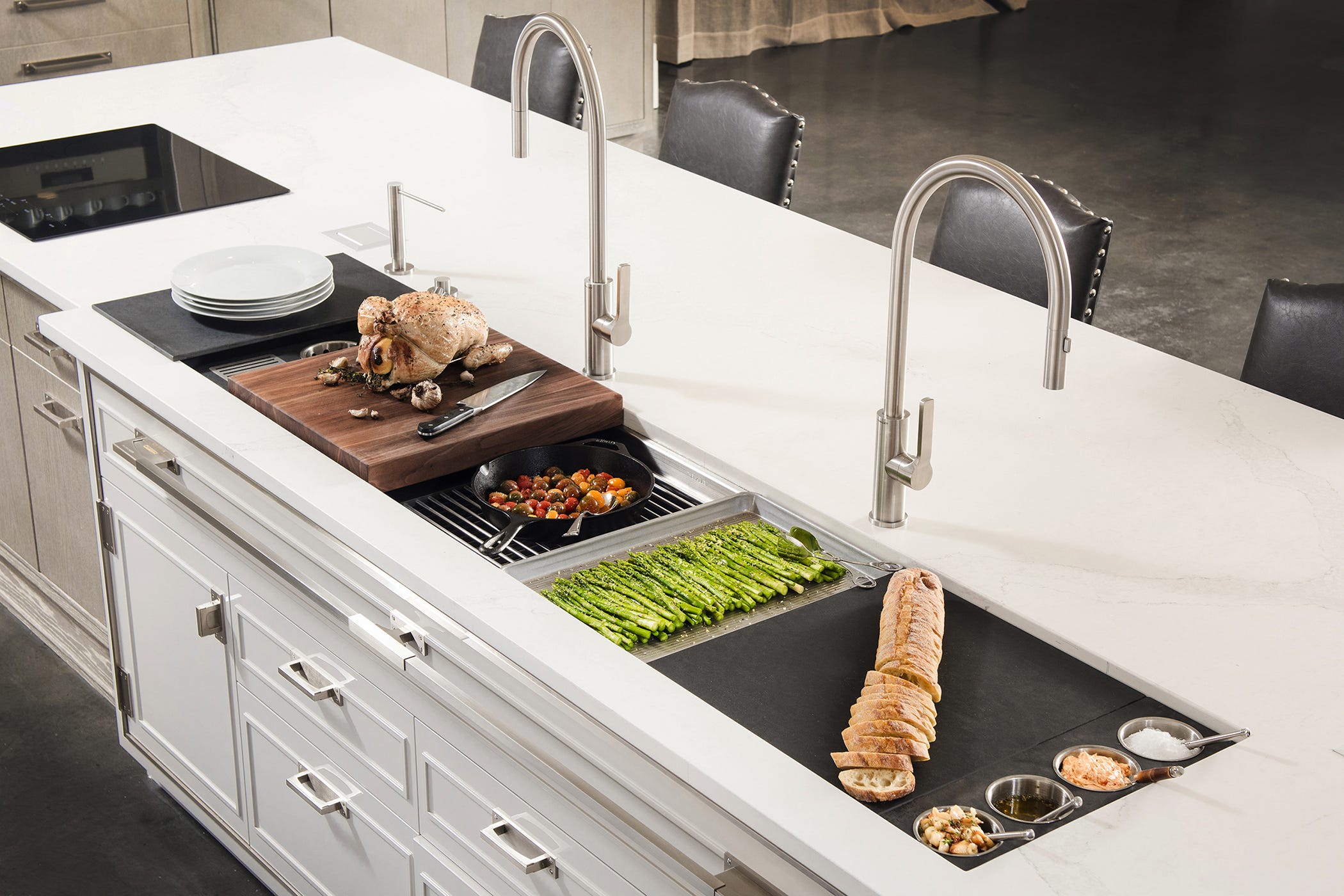



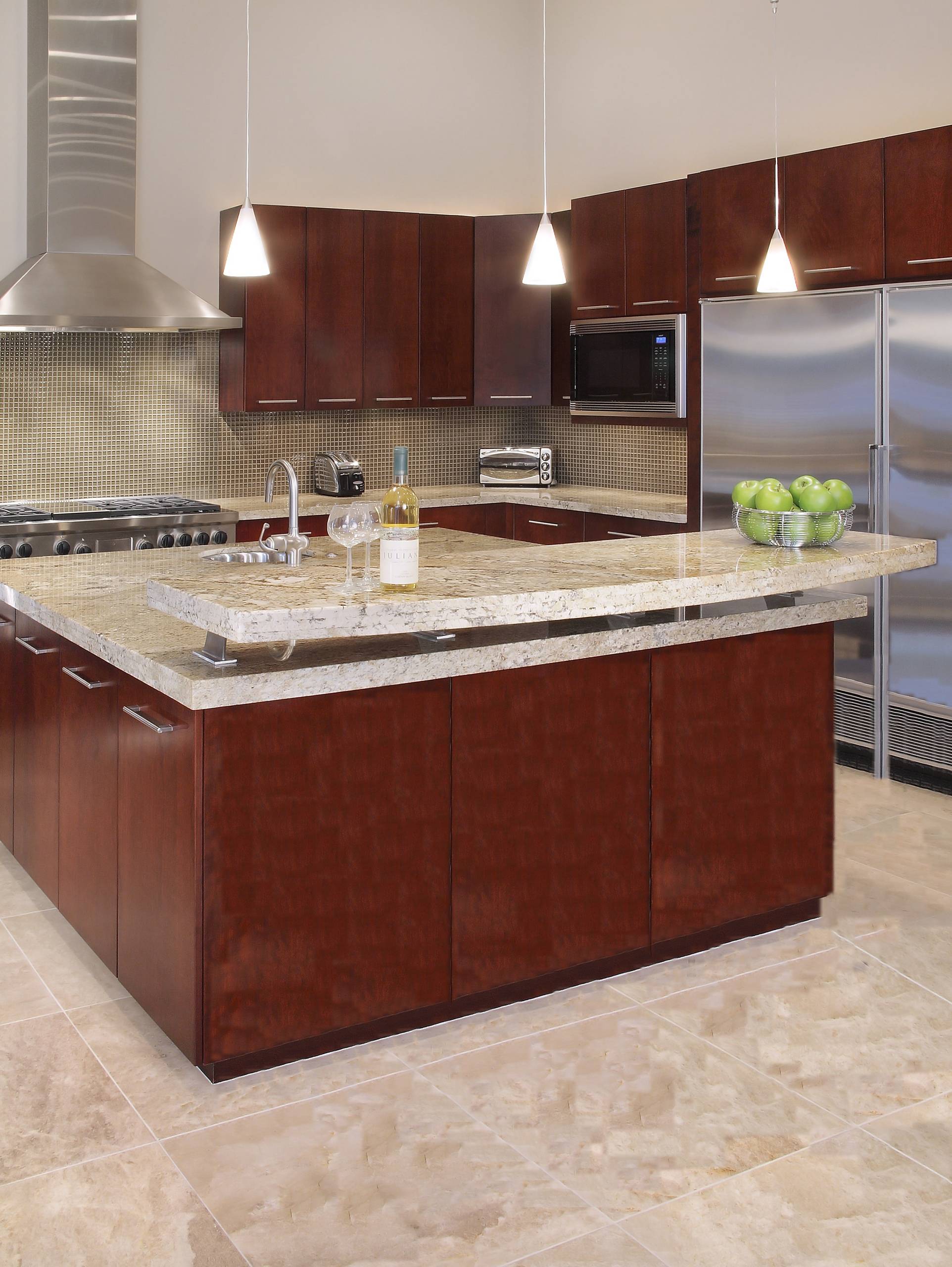

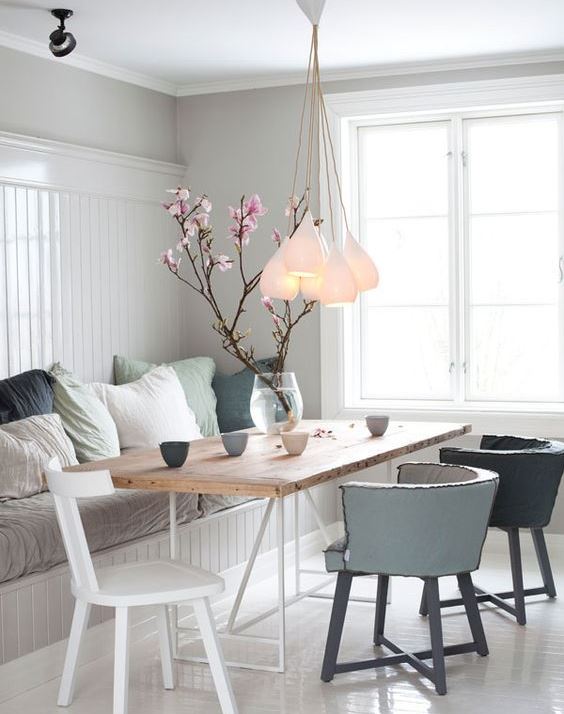

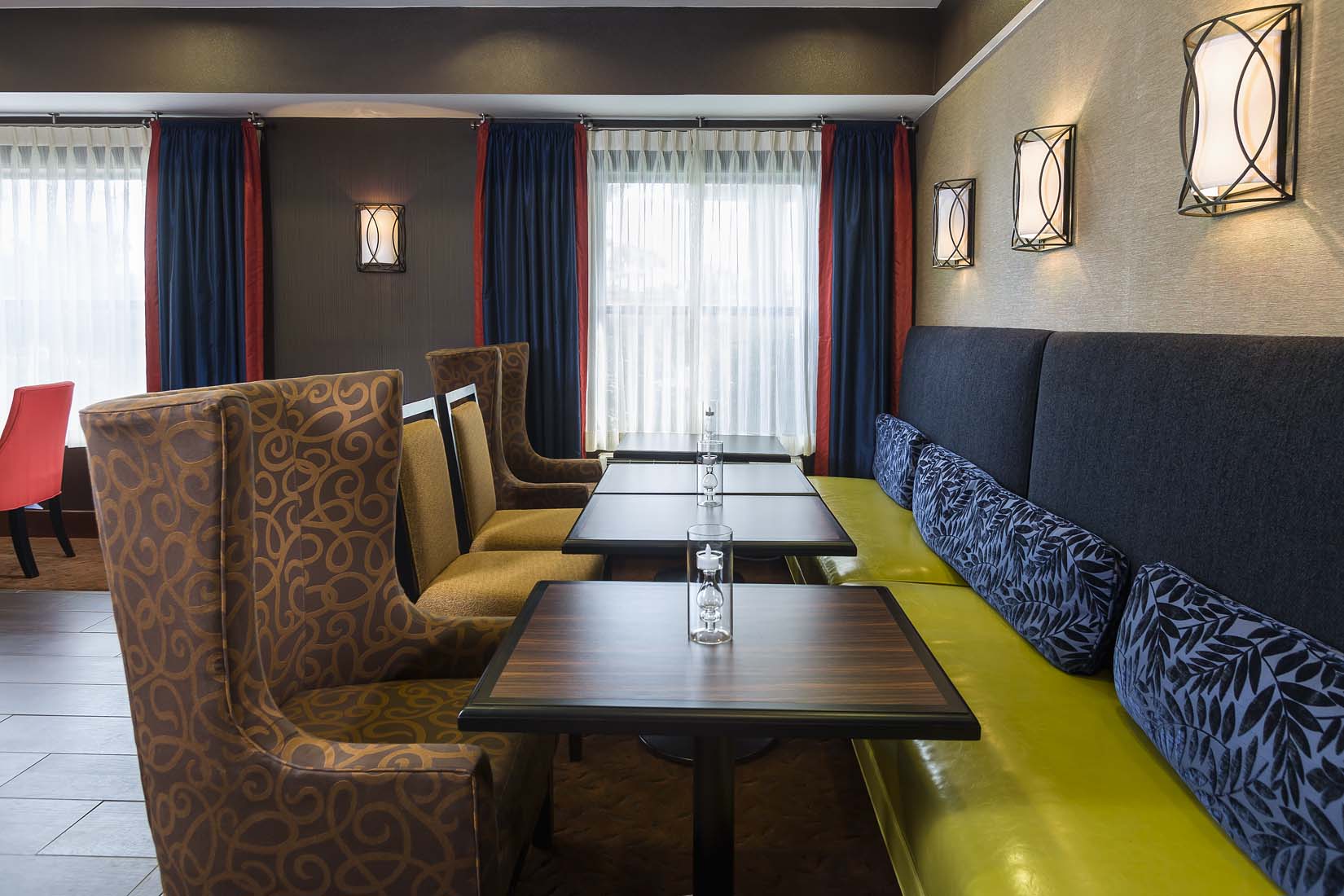










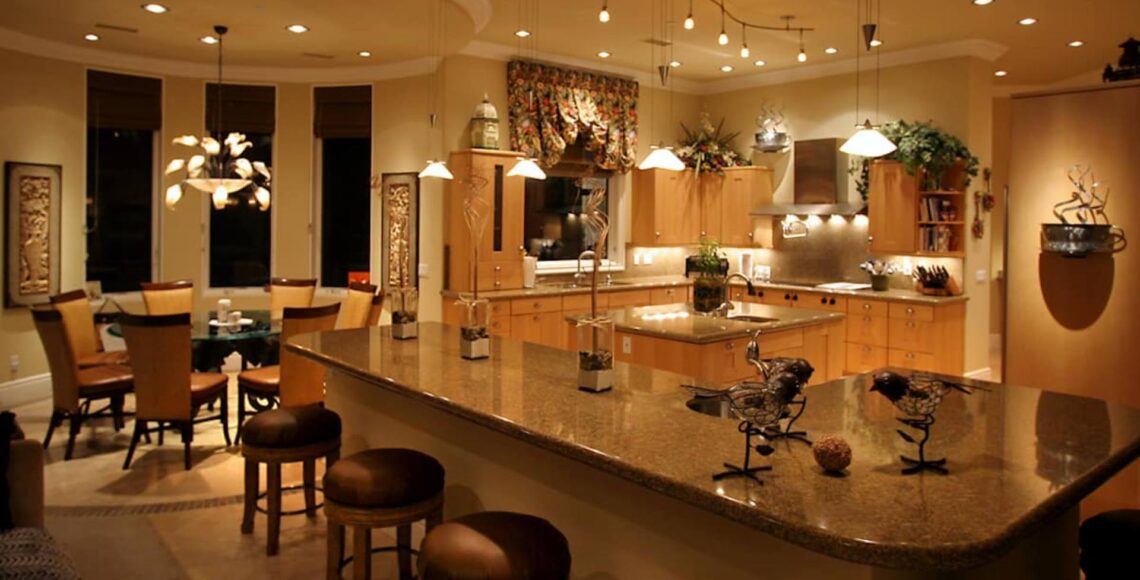
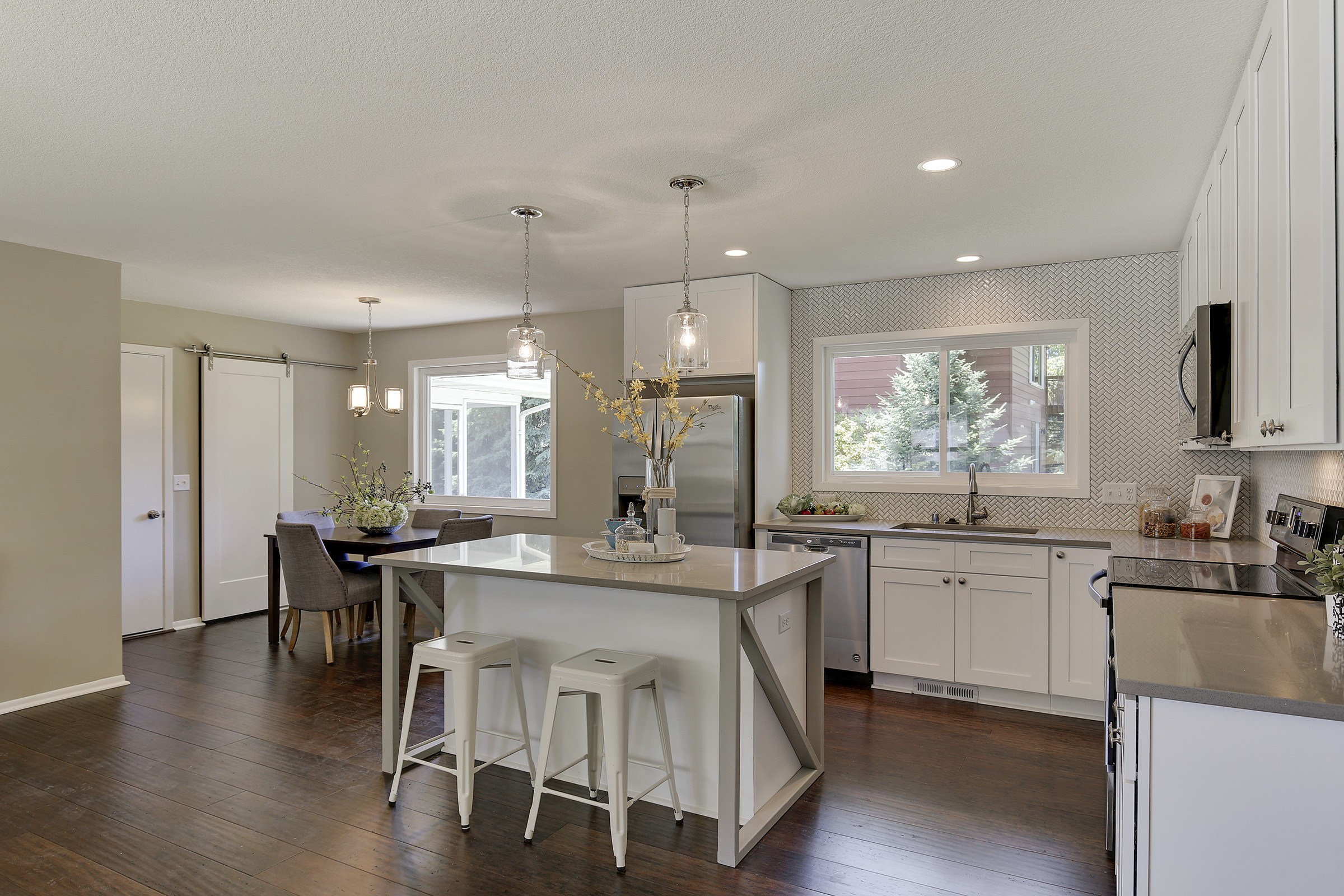
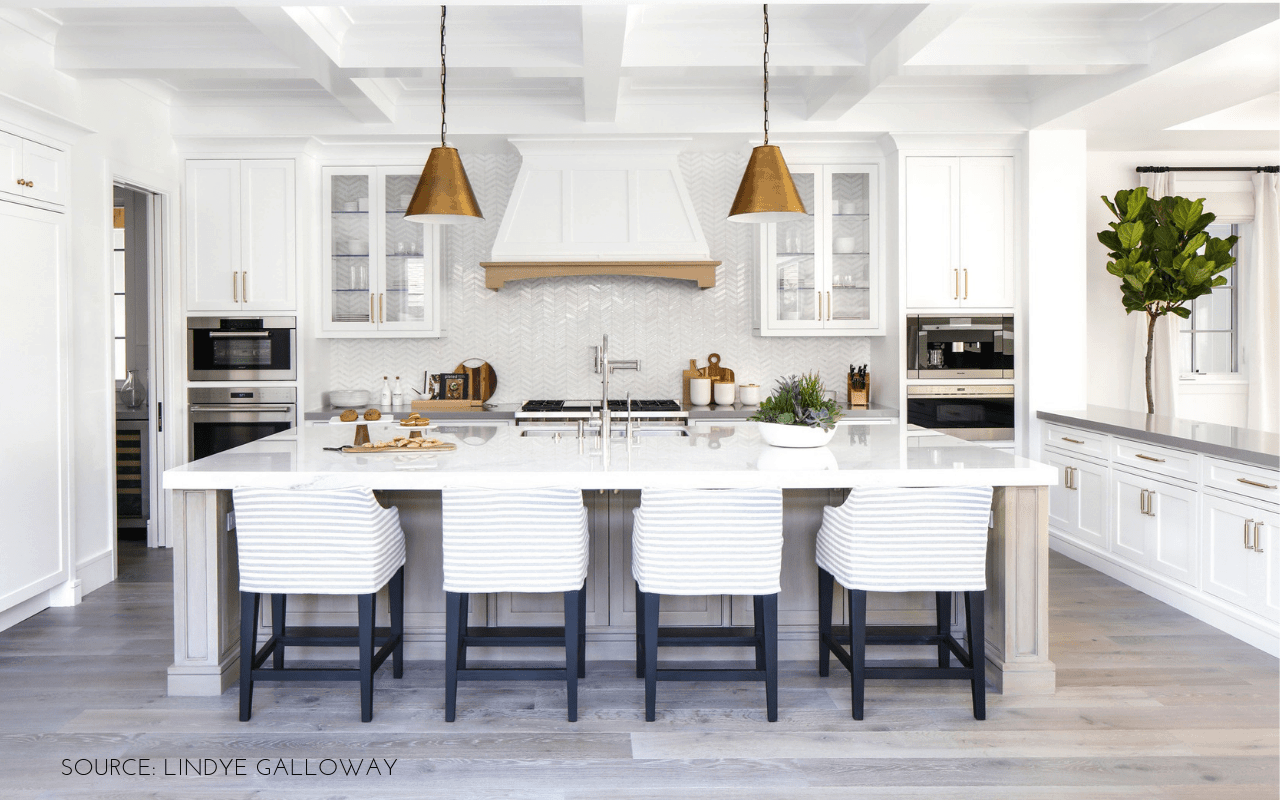

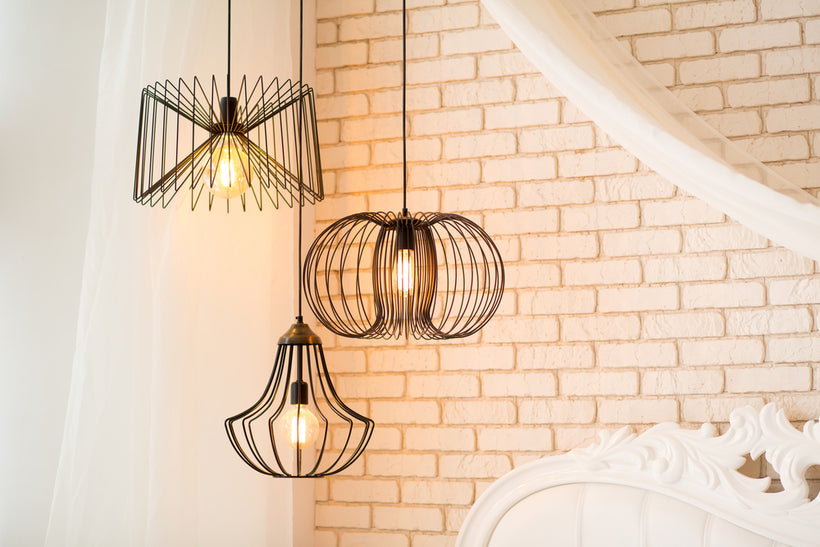

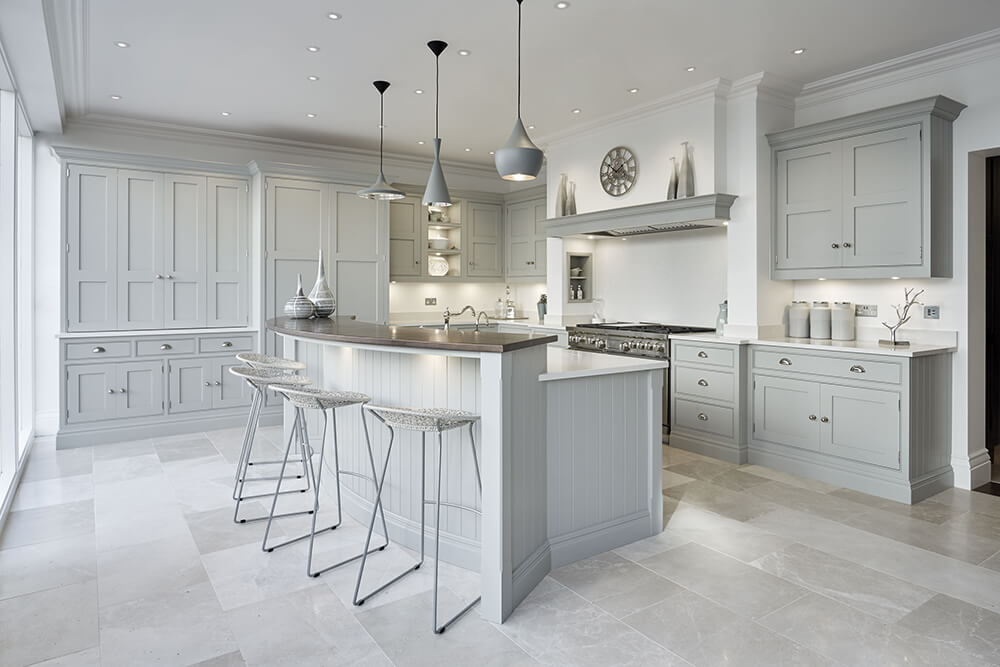













:max_bytes(150000):strip_icc()/Color-Contrast-Chart-59091b973df78c9283e31928-8f0e8f537b1a48d2b8961afa04bc6928.jpg)


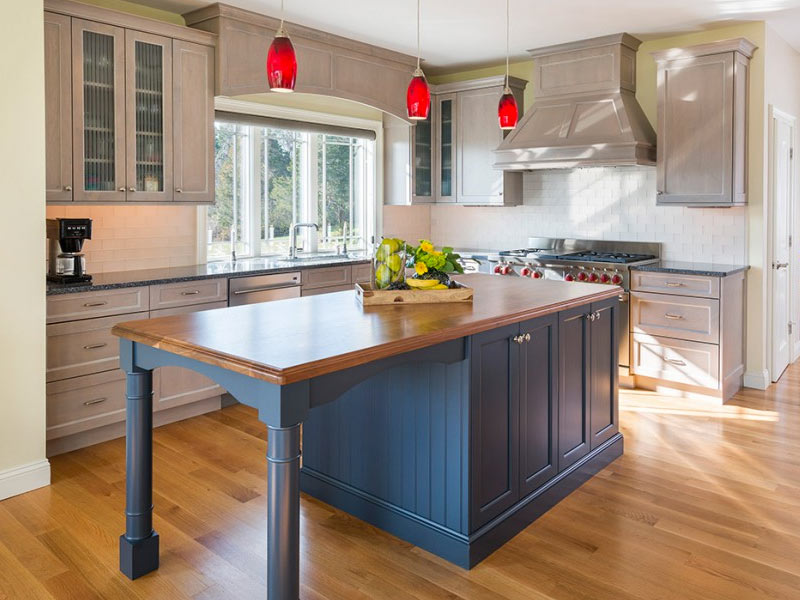





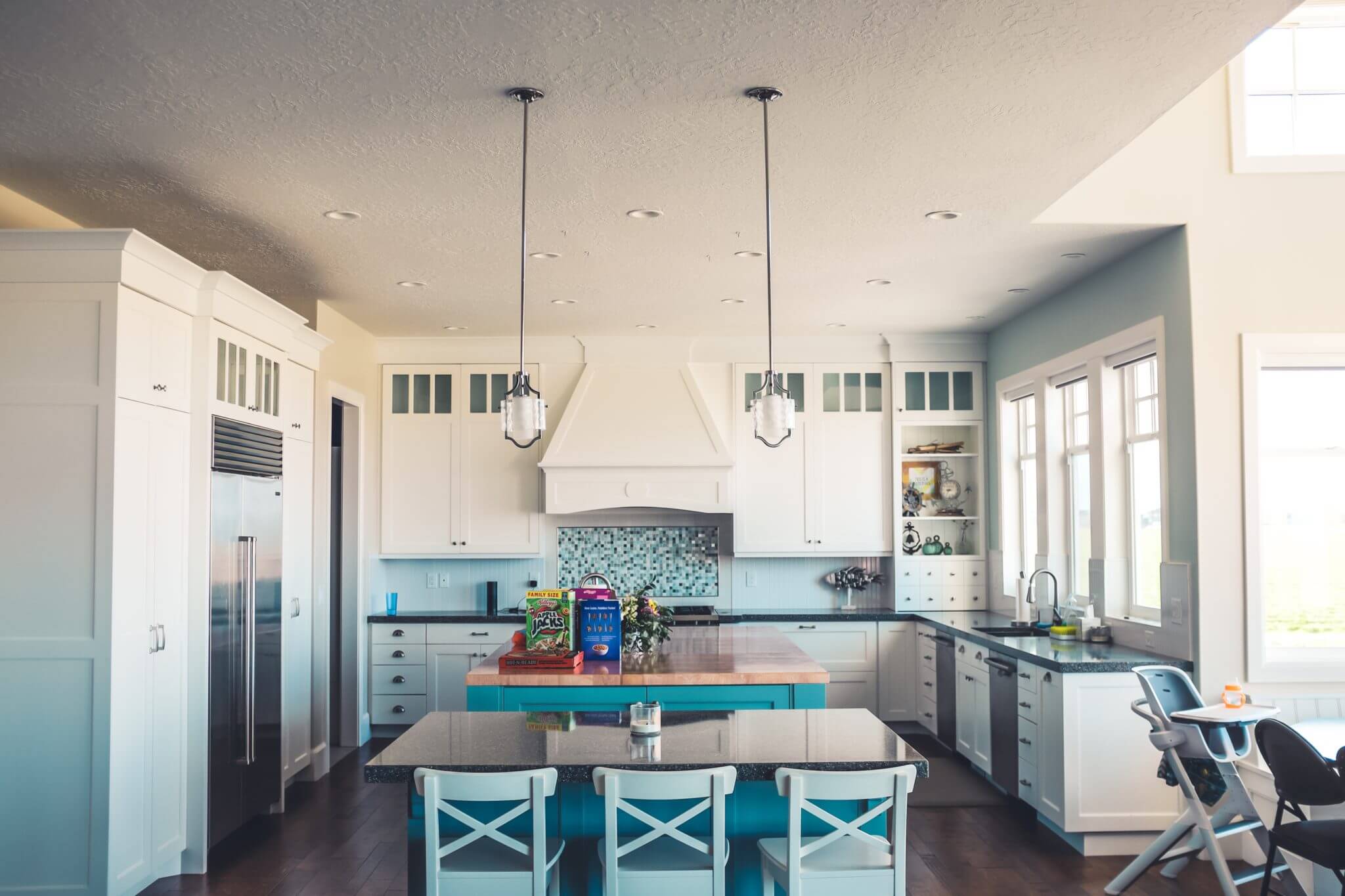





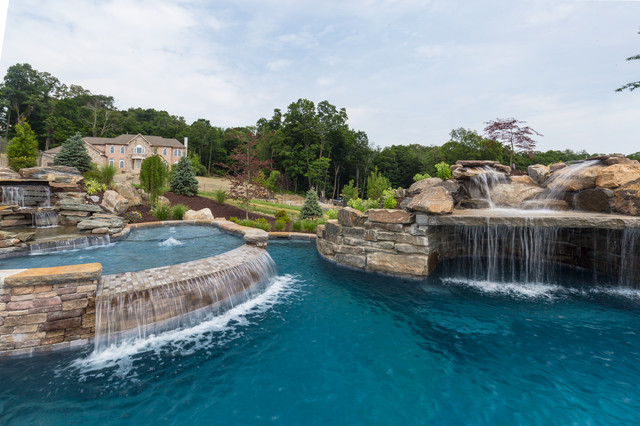
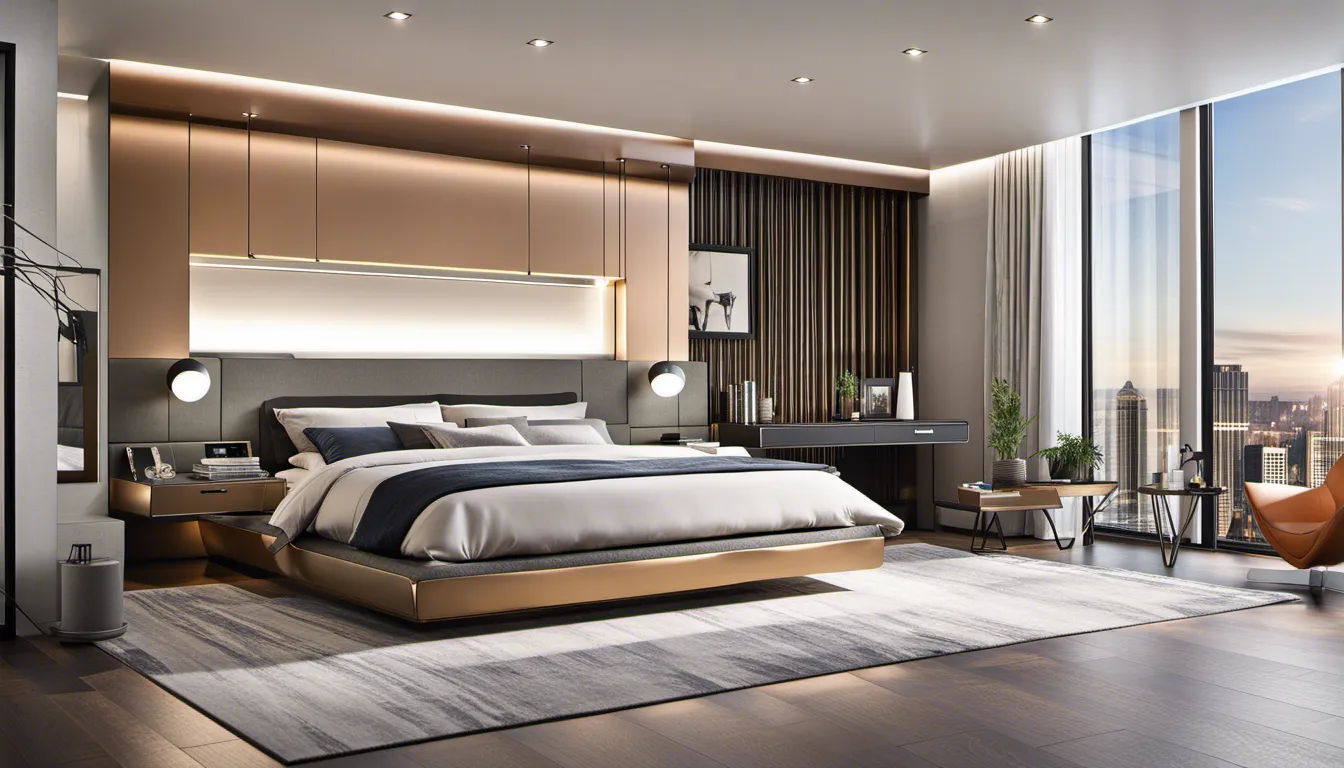



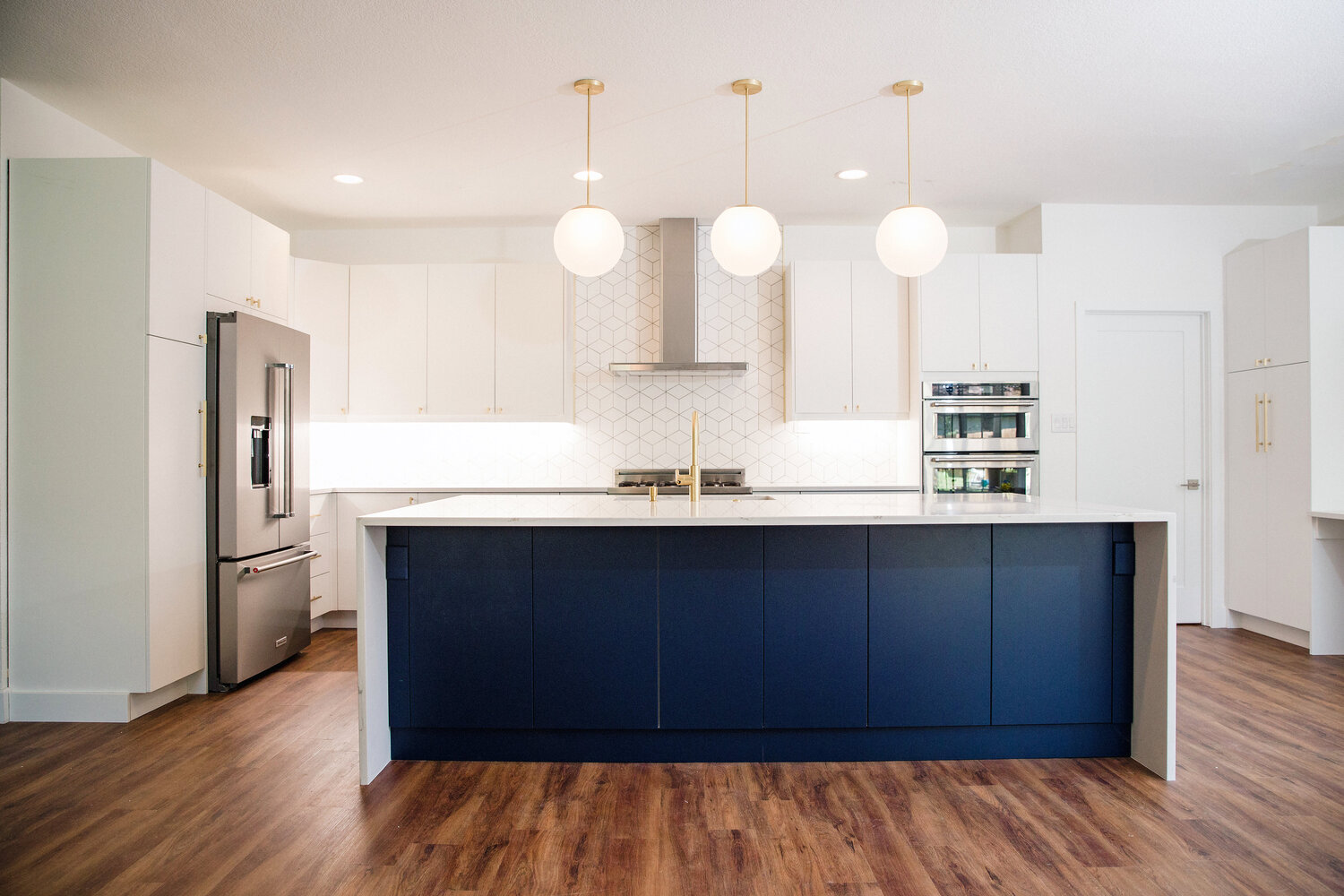





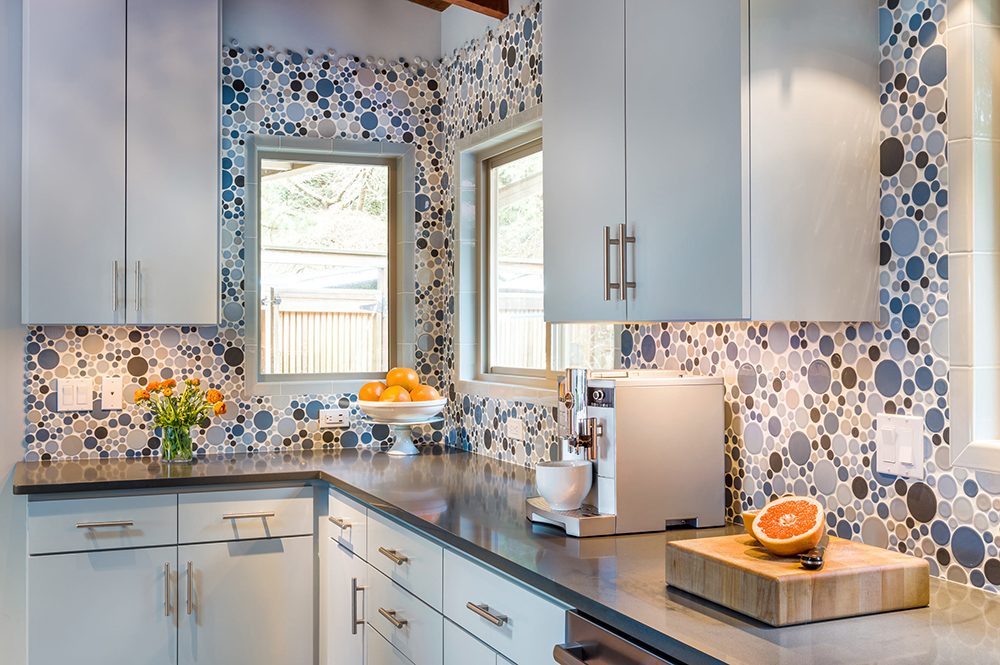
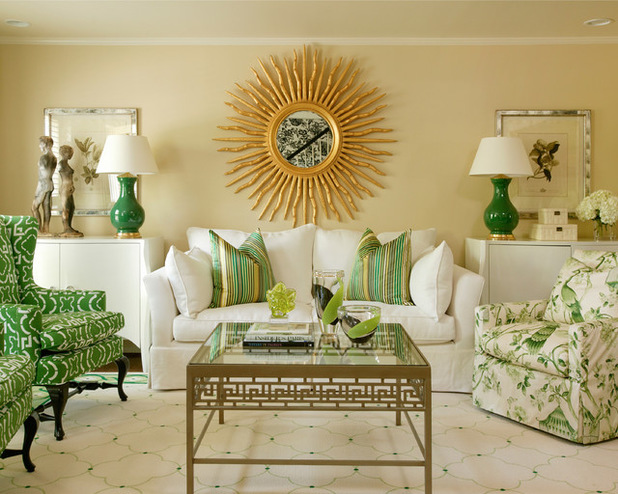

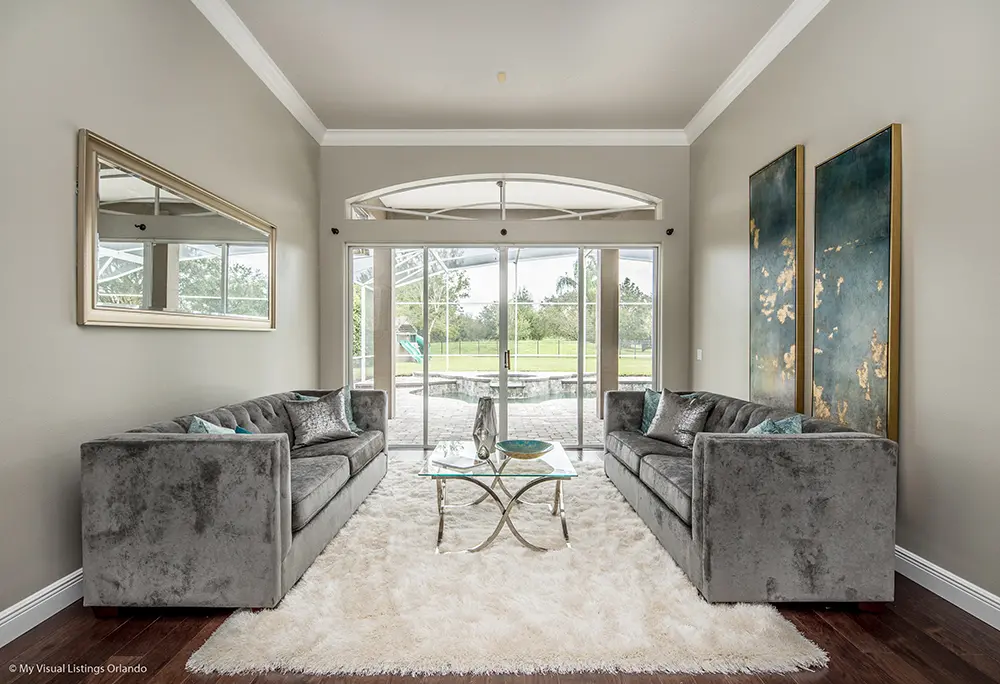





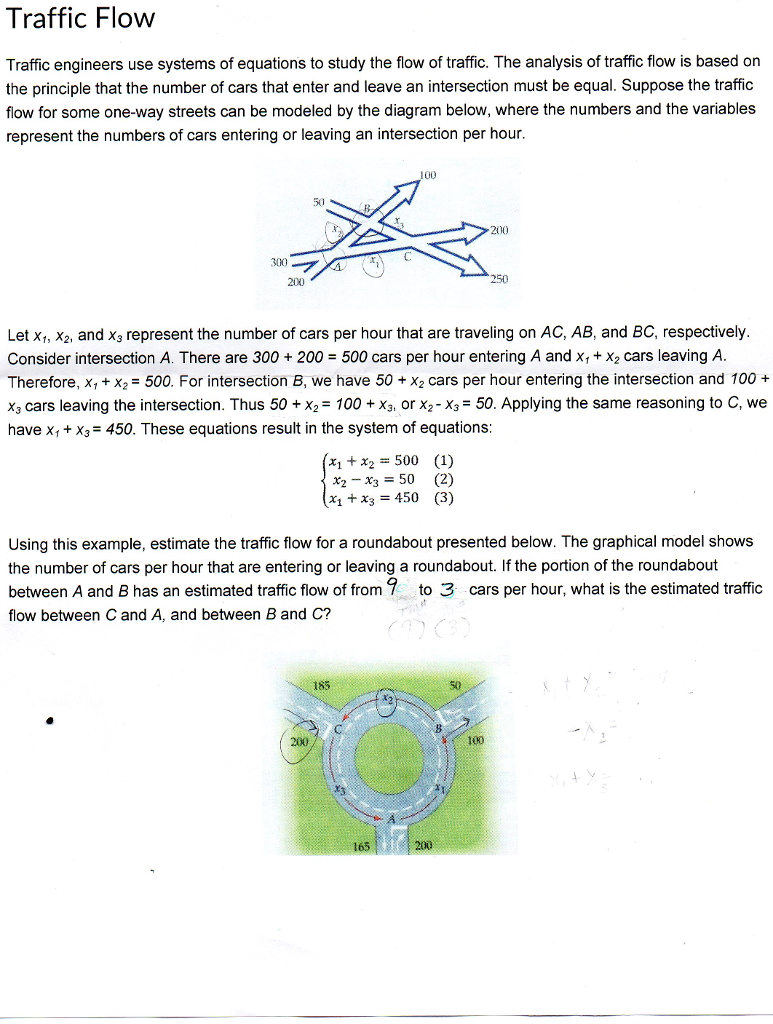





:max_bytes(150000):strip_icc()/distanceinkitchworkareasilllu_color8-216dc0ce5b484e35a3641fcca29c9a77.jpg)
